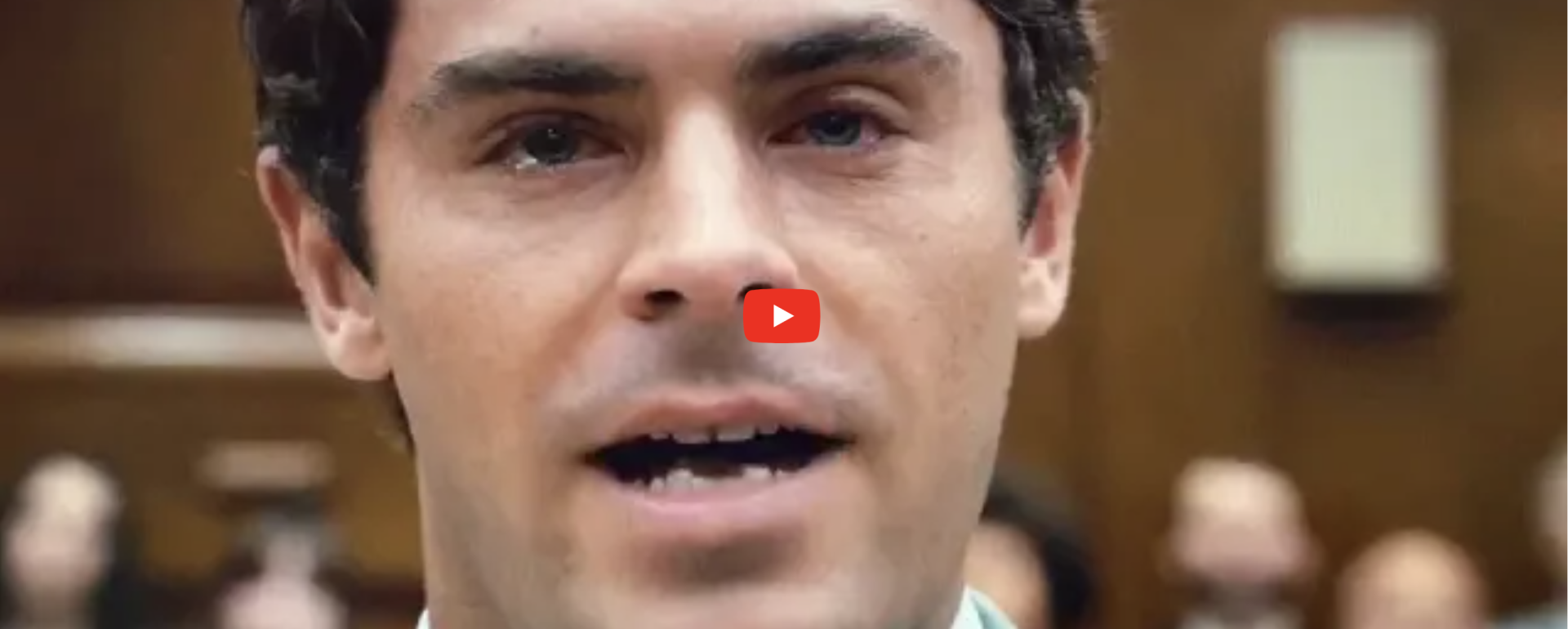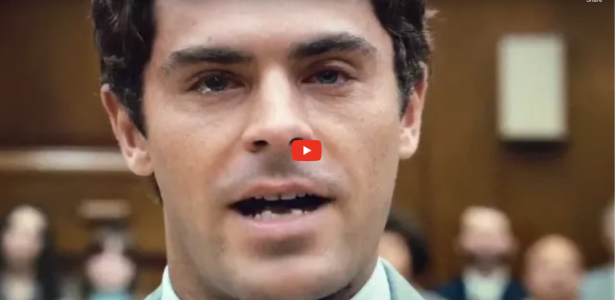If people on the street were to be asked to name some of the most monstrous serial killers to walk the Earth, they are very likely to have Ted Bundy among their roster right? Because of the heinous, disgusting, and morbid things that he did and was capable of doing, it is not strange that people came to call him a “monster”. However, throughout “Representations of ‘The Criminal'”, we have come to learn to go past what is well-known and to dig deeper to understand what lies behind the “representation”. This means that even though we call him “monster”, there is the possibility of there being something more behind that description; something more human perhaps? The focus of this is to analyze a film and criminal tapes, to see if there is something more humane hidden under the monstrous façade.
Ted Bundy: The Spark Notes
For the very few that have been living under a rock and don’t know who Ted Bundy was, here are the spark notes: Theodore Robert Bundy, aka Ted Bundy, was a serial killer born in 1946, that was charged with the murders of approximately 36 women before being put to death via electric chair in Florida in 1989. Apart from being a killer and a diagnosed psychopath, he was also a very intelligent man who had graduated from The University of Washington with a Bachelor’s Degree in Psychology, and an avid reader in everything law related. Because of Bundy’s prolific life, both criminal and non-criminal, movies like Extremely Wicked, Shockingly Evil and Vile and documentaries like Conversation with a Killer: The Ted Bundy Tapes get produced to be able to give us viewers the most realistic journey through Ted Bundy’s life, and allows us to see if there was the slightest bit of humanity hidden behind all the monstrosity.
(For a more lengthy and detailed life story on Ted Bundy, check this out)
Man and Monster
Both Extremely Wicked, Shockingly Evil and Vile and Conversations with a Killer: The Ted Bundy Tapes do the job of taking the viewer through every gruesome murder that was committed by the hands of Ted Bundy. Both pieces of media show his murderous intent, his psychopathic behaviour, and most importantly, the mistake that got him caught in the first place: a police stop because of his car for an unrelated traffic violation. The mistakes that Ted Bundy made after being stopped for his car, up until he was eventually caught, serve to prove that even though he was a cold-blooded killer, he was still very much human. This factor is the biggest difference in between Extremely Wicked, Shockingly Evil and Vile and Conversations of a Killer: The Ted Bundy Tapes; the way that Bundy is portrayed in the films by Zac Efron is much more focused on his human side, while his self-portrayal in the tapes revolves solely around his criminal life while treating his human nature as secondary to the crimes he committed. Fact of the matter is, that juxtaposition was what producer Joe Berlinger was aiming for when he produced both Extremely Wicked, Shockingly Evil and Vile and Conversations with a Killer: The Ted Bundy Tapes:
“I’m much more interested in making a film about how a serial killer is living his life when he’s not killing”
Joe Berlinger
Extremely Wicked, Shockingly Evil and Vile vs. Conversations with a Killer: The Ted Bundy Tapes
There are many moments in Extremely Wicked, Shockingly Evil and Vile where Bundy’s humanity shines through, but the most noticeable one is when he gets convicted in court. There, the viewers get a very clear shot of Bundy’s face as tears roll down when he acknowledges the fate that he has been given:
Now, considering that Ted Bundy was a psychopath, and that psychopaths have a very low chance of genuinely crying, were the tears in this scene here real? Or were they just an act that Bundy tried to play in order to convince the judge and jury of his peers that he was “innocent”? Taking into account every act he committed, it is very easy to say that the latter is a better option, but in reality, he was displaying real emotion. As a matter of fact, in real life events, it was recorded that Ted Bundy actually cried the night before he was put to death when he recognized the end of his life approaching faster than ever:
“He didn’t want to die, but he knew he had to. He cried, sure. We both cried. You have to cry for his victims too”
Methodist Minister Frederic Lawrence
(Still don’t think that Ted Bundy was capable of crying? Click here to see the article.)
On the contrary, Conversations with a Killer: The Ted Bundy Tapes doesn’t just focus on Bundy; the camera pans out and the viewer gets a clear shot of the courtroom, the judge, Ted Bundy’s back, and occasionally his side profile when the judge rules out his sentence:
In this trial footage, it is apparent that there was not much focus towards any emotions or reactions that Ted Bundy might have had during and/or after his trial. In essence, what was highlighted more were the people who were representing the “good” part of the justice system, like the judge, jury, and guards, while Ted Bundy was not given the same level of importance; he was after all, the one representing the “evil” within the justice system. It is possible that this was done on purpose, as to show the public that the “good” people carry more significance than their “criminal” counterpart, since by default, “criminals” are known as the monsters of modern society.
Was Ted Bundy a Monster?
While Conversations of a Killer: The Ted Bundy Tapes do a great job at displaying the clear battle between good and evil, Extremely Wicked, Shockingly Evil and Vile does an extraordinary job at demonstrating that Ted Bundy, even though considered to be a monster, was and will still be human. Yes he was a killer, a psychopath, and “monster” with no guilt or remorse for his actions but, he was prone to make mistakes, and even though in the slightest bit, he was capable of feeling like the rest of us. Any other person is capable of doing what Ted Bundy did, it just so happens that while other people let it live in the depths of their imagination, Bundy went and made it a reality.
Discussion Questions
- Do you think that Ted Bundy was a monster? Why or why not?
- Are there other examples you can think of where the humanity of a “criminal” is treated as secondary to the crimes they have committed?
- Is it fair to treat people like Ted Bundy as monsters, or should they be given the benefit of the doubt and be treated as humans? Why?
References
Biography.com Editors. “Ted Bundy Biography.” The Biography.com, 15 September 2021, https://www.biography.com/crime/ted-bundy
COTA Films and Voltage Pictures production. Directed By Joe Berlinger (2019). Extremely Wicked, Shockingly Evil and Vile. Distributed by Netflix
Katz, Brandon. “Q&A: ‘Extremely Wicked’ Director Joe Berlinger Loves Zac Efron, Not Ted Bundy.” Observer.com, 3 May 2019, https://observer.com/2019/05/qa-extremely-wicked-director-joe-berlinger-loves-zac-efron-not-ted-bundy/
McPadden, Mike. “Crime History: Ted Bundy Dies Weeping in the Electric Chair, Crowds Cheer.” CrimeFeed, 24 January 2017, https://www.investigationdiscovery.com/crimefeed/crime-history/crime-history-ted-bundy-dies-weeping-in-the-electric-chair-crowds-cheer

